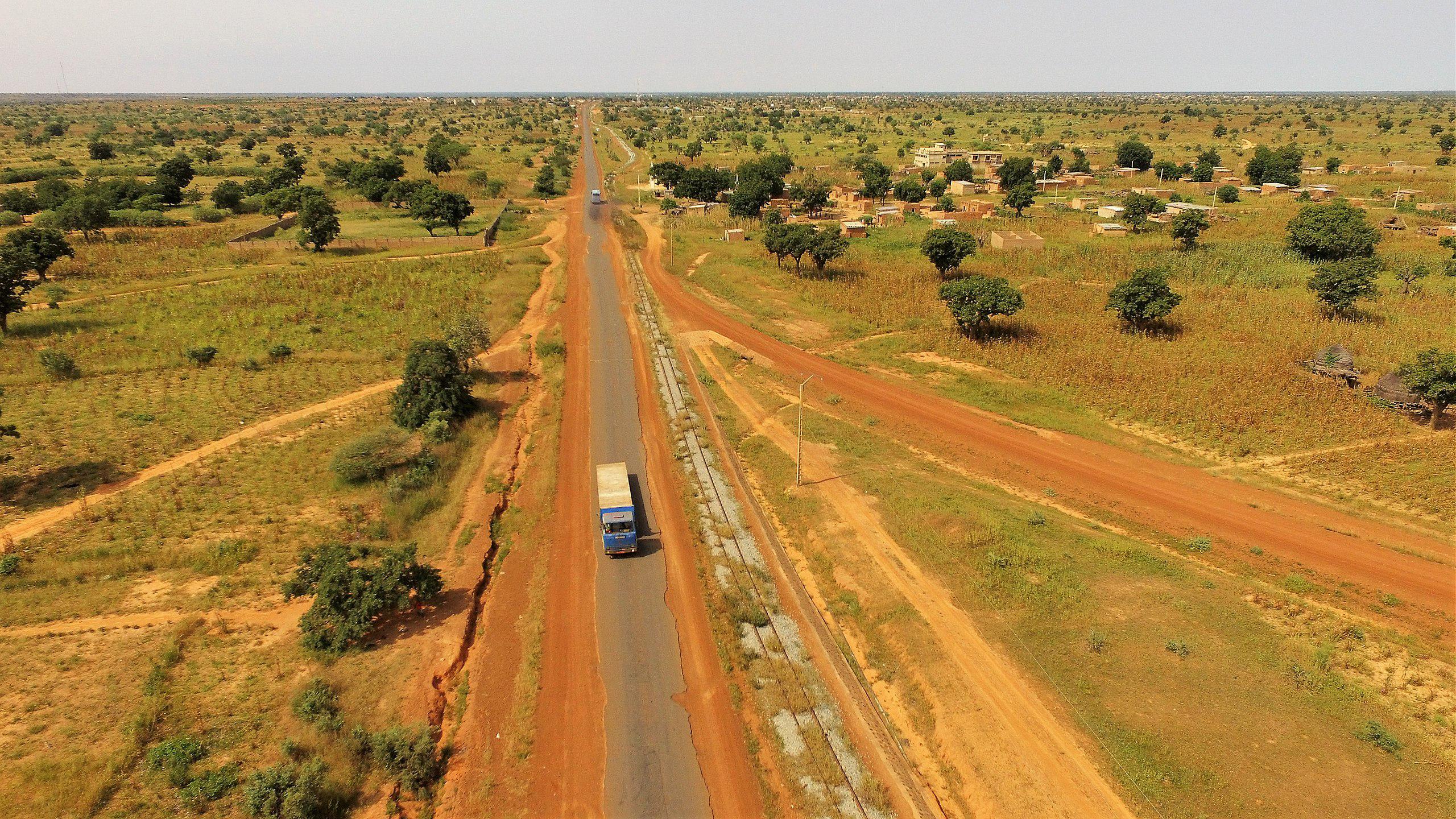A historic and vital trade route for Mali, the Dakar–Bamako logistics corridor is undergoing a period of deep transformation. In 2024, despite a complex geopolitical climate and the emergence of alternative routes, the Port Autonome de Dakar (PAD) reaffirmed its central role in Mali’s supply chain by handling a significant volume of goods. Recent port data shed light on the current dynamics of this strategic corridor, which continues to face strong pressures.
Port Traffic Holds Steady Despite Regional Tensions
In 2024, PAD recorded a remarkable 7% increase in its total annual throughput, reaching 24.6 million tonnes. This performance is especially notable given a 10% contraction observed in the first half of the year. The rebound was largely driven by robust export activity — particularly shipments bound for Mali.
Malian transit, often seen as a key indicator of the corridor’s health, has shown resilience despite political uncertainties following Mali’s withdrawal from ECOWAS.
A Shift in Traffic Structure
The year 2024 was marked by a surge in exports through Dakar, which soared by 59%, surpassing 6.2 million tonnes. This sharp increase was mainly due to outbound Malian transit (“transit Mali sortie”), which includes petroleum products, cement, and industrial goods headed for Bamako.
This success contrasts with a slight 4% decline in imports, affected by lower volumes of coal, iron, and construction materials. This trend reveals a structural shift: while Malian imports through Dakar slightly decreased, exports toward Mali significantly strengthened their strategic role in the port’s overall activity.
Modernisation and Logistics Flow
The Dakar–Bamako land corridor remains heavily trafficked, with several hundred trucks using it daily. To optimise this flow, PAD has implemented digital solutions such as the Port Clearance Single Window (Guichet Unique d’Enlèvement Portuaire, GUEP). This platform has processed 29,000 transit files, cutting processing times by 40% and significantly improving operational fluidity.
These optimisation efforts are part of a broader repositioning strategy that includes the development of the future Port of Ndayane and the creation of the Sandiara dry port, designed as a nearby logistics hub specifically serving Malian cargo flows.
Intensifying Subregional Competition
Despite maintaining its historic dominance, the Dakar–Bamako corridor now faces increasingly fierce competition. The Port Autonome de Conakry (PAC), with attractive logistics incentives and competitive pricing, is capturing a growing share of Malian traffic. At the same time, corridors through ports such as Abidjan and Lomé are adapting to new geopolitical and logistical realities across the region.
For Dakar, the challenge goes beyond safeguarding market share. It must continue meeting the performance and resilience needs of the landlocked member states of the Alliance of Sahel States (AES), which are seeking reliable and efficient supply alternatives.
Outlook: Adapting to Stay Ahead
The 2024 figures highlight PAD’s remarkable adaptability amid political uncertainty and the absence of formal agreements with the AES. While the Dakar–Bamako corridor remains one of the best-structured in West Africa, its dominance is no longer guaranteed. The future will depend on sustained investment in infrastructure, simplified logistics chains, and the continued trust of Malian operators.






